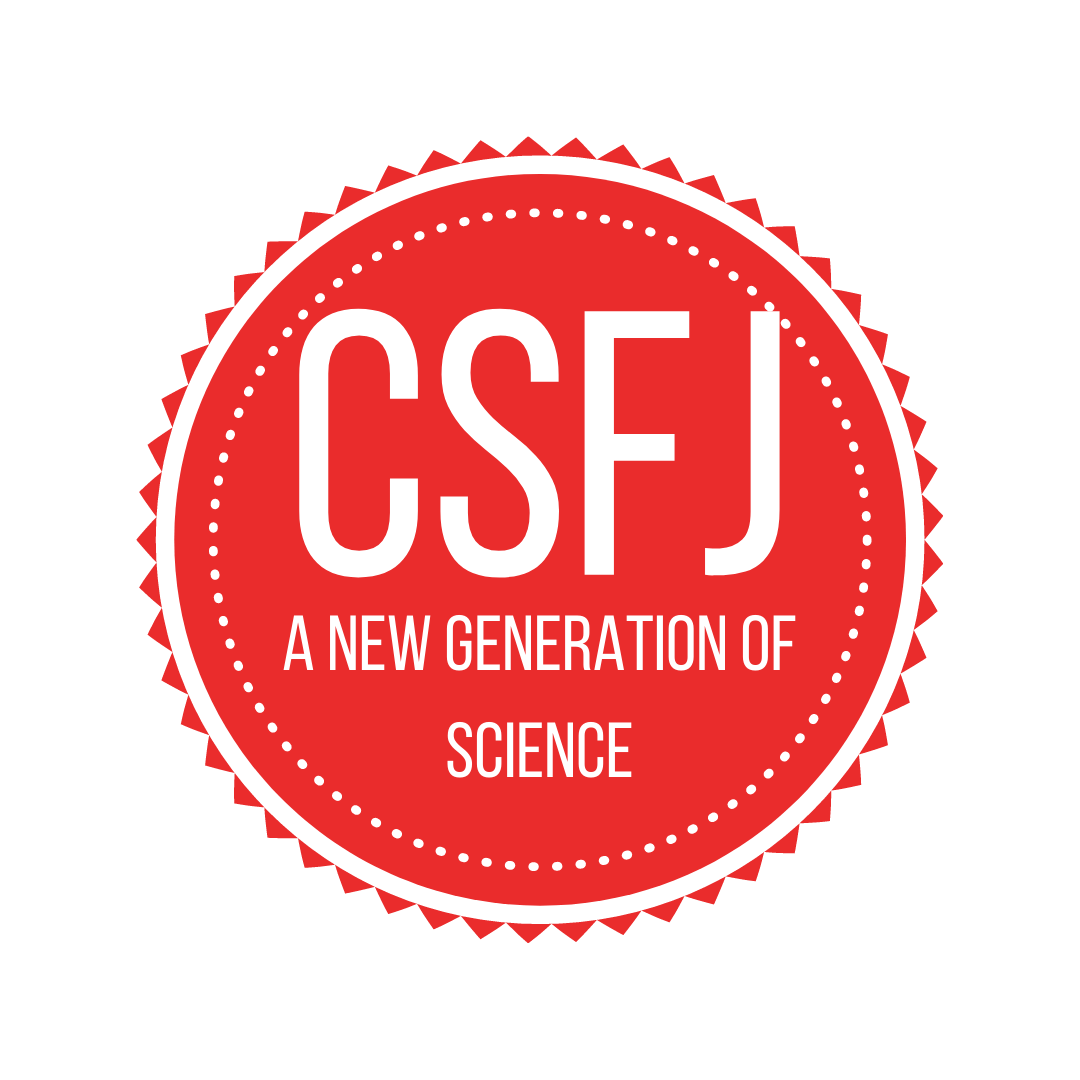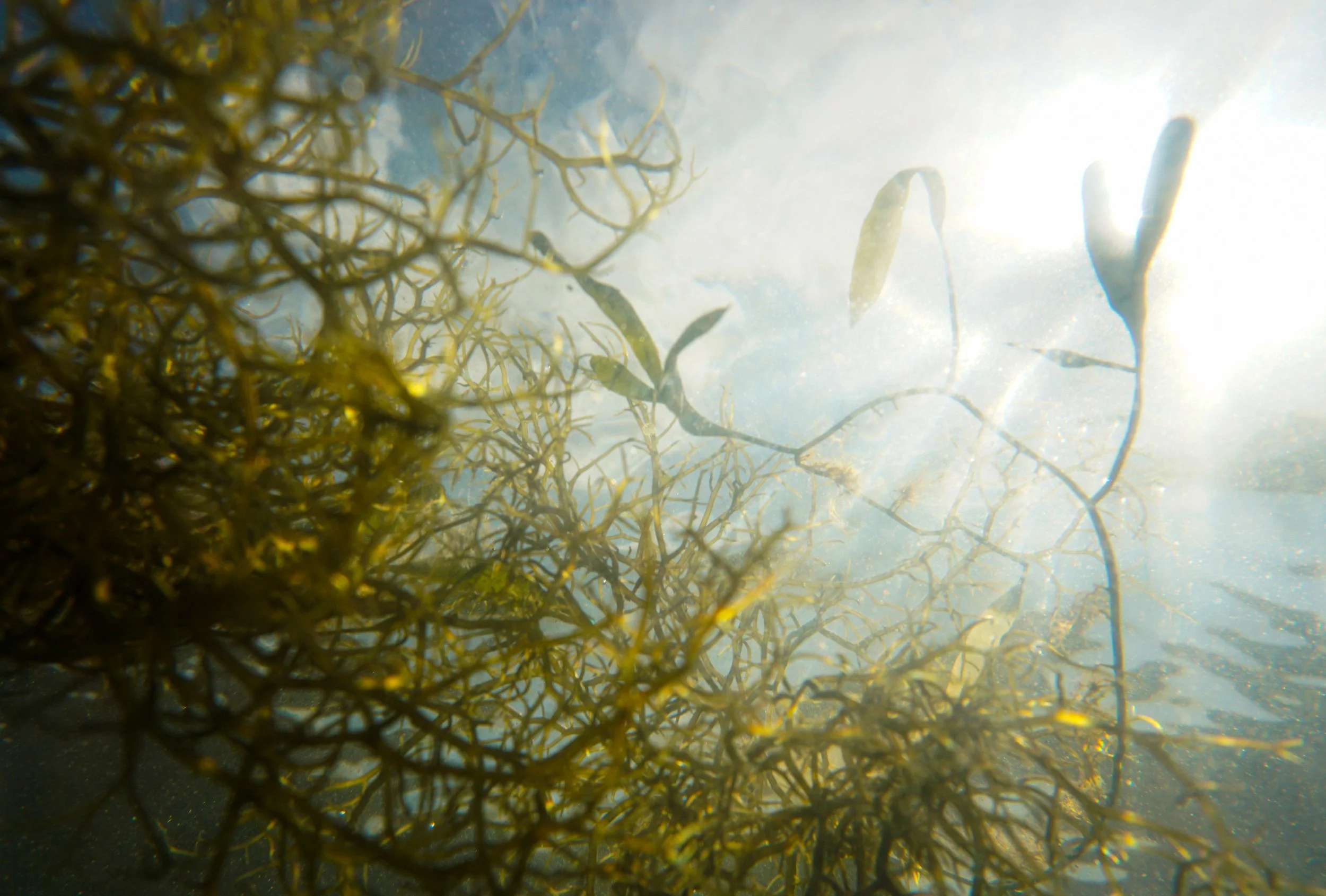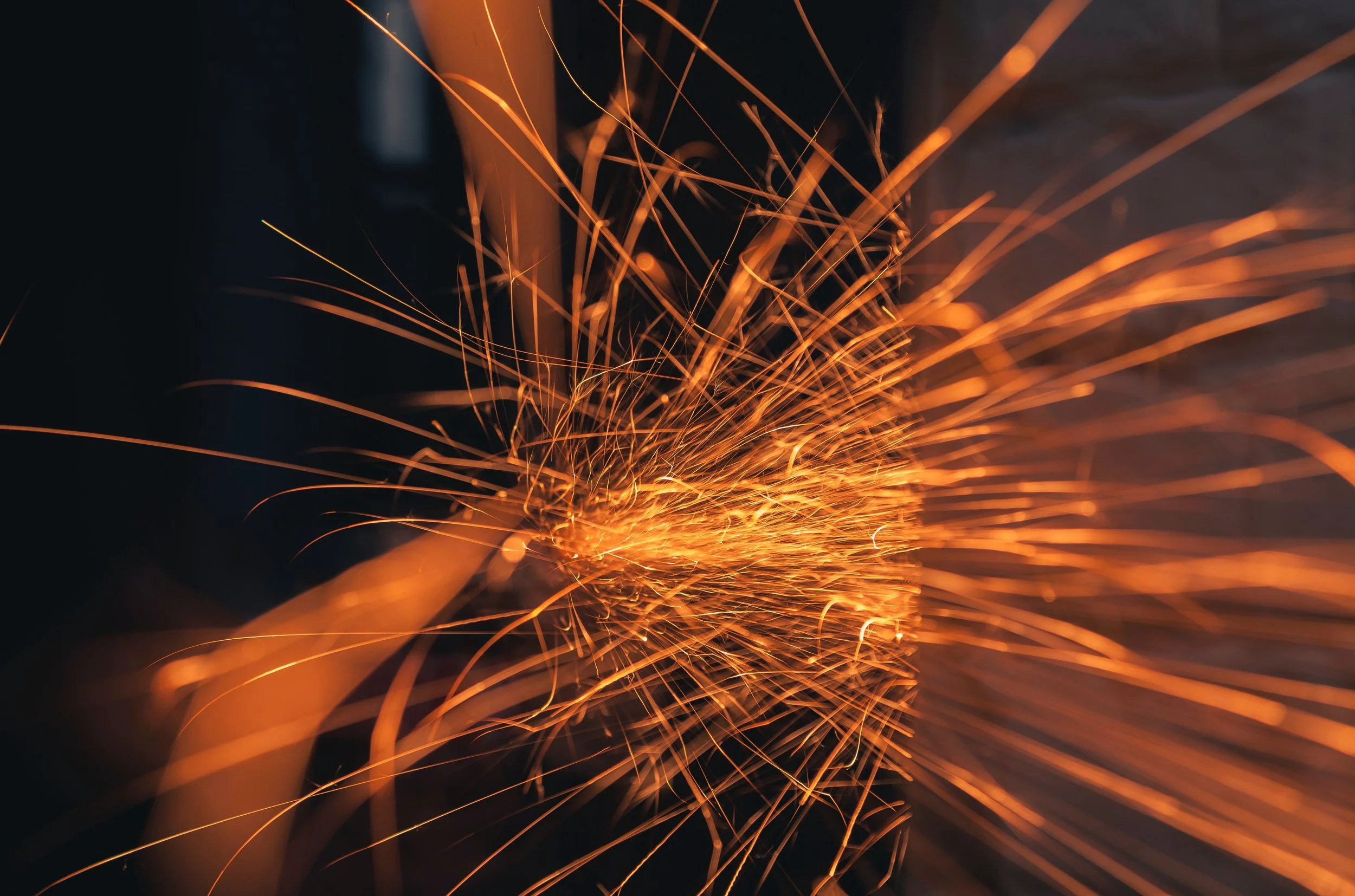September 2022
Say hello to Volume 5!
Celebrate the first issue of CSFJ’s fifth volume with this brand new batch of brilliant articles. In this issue you can explore the future of clean energy, how we can improve plastic recycling, how your handwriting might reveal more about you than you think, and much more!
This volume is sure to be our biggest yet, thanks to all the incredible young scientists who have submitted their research this year. On behalf of all of us at the CSFJ, we’d like to thank all of our readers and authors for their continued support of youth science!
Happy reading and stay curious!
by Alpita Patro
Burning fossil fuels has affected Earth’s ecosystems dramatically in recent years. This intense consumption stresses the importance of conducting research on viable alternatives to fossil fuels. Biofuel is a source of renewable and sustainable energy that is derived from living matter such as animal waste, plants, fungi, and algae. In this experiment, four different species of algae were cultivated in laboratory conditions over fourteen days.
by Emily Li & Hannah Gregory
The experiment was conducted to see if you can guess gender based on handwriting. We hypothesize that handwriting can accurately reflect on gender based on stereotypes that we assume the participants will follow. The stereotype is that the neater handwriting will be considered to be a girl, and that the messier handwriting will be considered to be a boy.
by Natalia Papaj
One of the many types of soil pollution is acid precipitation. Although commonly known as acid rain, it can exist in the form of snow, fog, rain, hail, and even small bits of dry material that rest on Earth. Acid Rain is tremendously damaging to the environment in many ways. Researchers are currently investigating a new method of soil and water decontamination called phytoremediation, which takes advantage of certain plants' ability to decontaminate soils and water.
by Farhan Ahmed & Alexander Li
Currently, a large portion of the world relies on natural gas furnaces to heat their homes. However, they are harmful to the environment, and natural gas is non-renewable. The alternative to natural gas furnaces is electrical furnaces. However, due to the high financial cost, many people are unwilling to replace their current furnace with a new one that uses electricity. To help solve this issue, we have created a modification to these residential furnaces that allow for the recycling of the main ingredient in natural gas, methane. This innovation is able to recycle methane with no emissions and utilize only electricity. This allows our innovation to convert any natural gas furnace into an electrical furnace, at a much lower initial cost.
by Sayandeep Dey
Plastics are present in almost every aspect of the modern age and more than 380 million tons of plastic are produced and consumed globally every year. One of the major bottlenecks in the recycling process is the inefficient sorting and segregation of waste plastics. The fluctuating material quality and lack of infrastructure and recycling mechanism makes the recycling process sloppy. The project seeks to improve the sorting efficiency of a primary base facility like city’s Bottle Depot using computer learning and artificial intelligence.
by Susan Mary Kiconco
Pain perception is influenced by factors such as genetics and social, cultural and family backgrounds. Psychological elements such as contextual and emotional situations can have a significant impact on the strength of one’s pain perception. These differences in the experience of pain may pose challenges for diagnosing and treating it in clinical settings. This research will focus on the environmental factors that influence and affect pain perception. The research question is: “What aspects in one’s environment influence the extent to which one feels pain?”
by Zia Kuruvilla
Developing nations around the world encounter the crisis of contaminated water daily. Communities that do not have access to clean water and those that cannot afford it need effective yet inexpensive and convenient water purifying. Although filtration methods such as reverse osmosis can remove heavy metals, these techniques are not frequently used in developing nations because of their complexity. This experiment examines how fruit and vegetable wastes can be used as bioadsorbents to decrease lead content in contaminated water.








